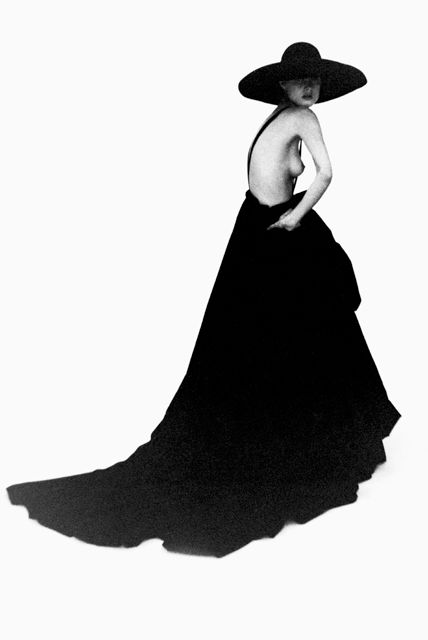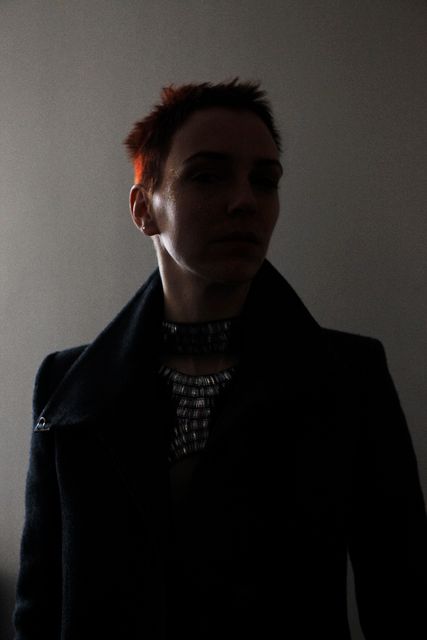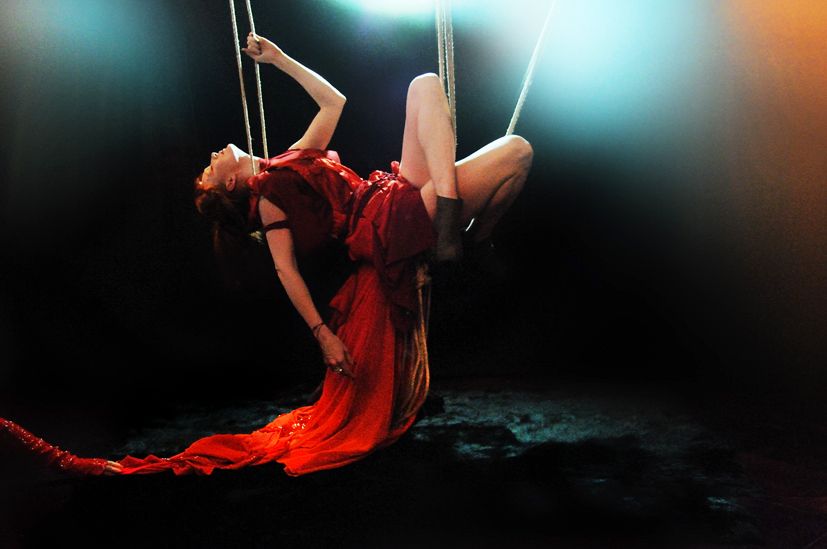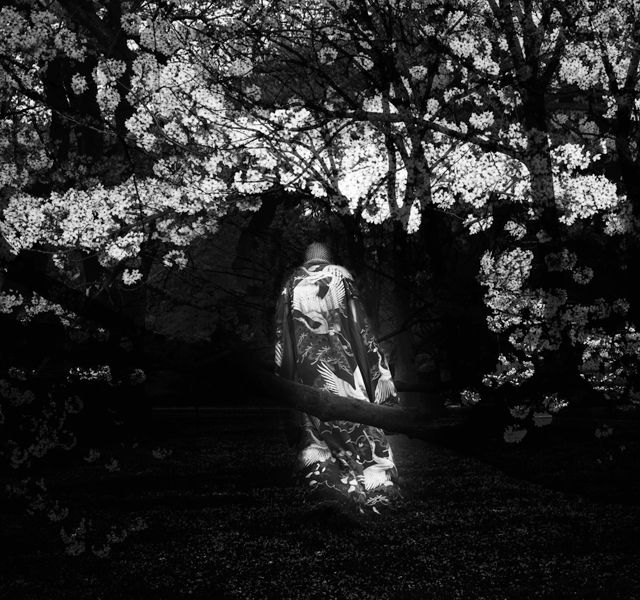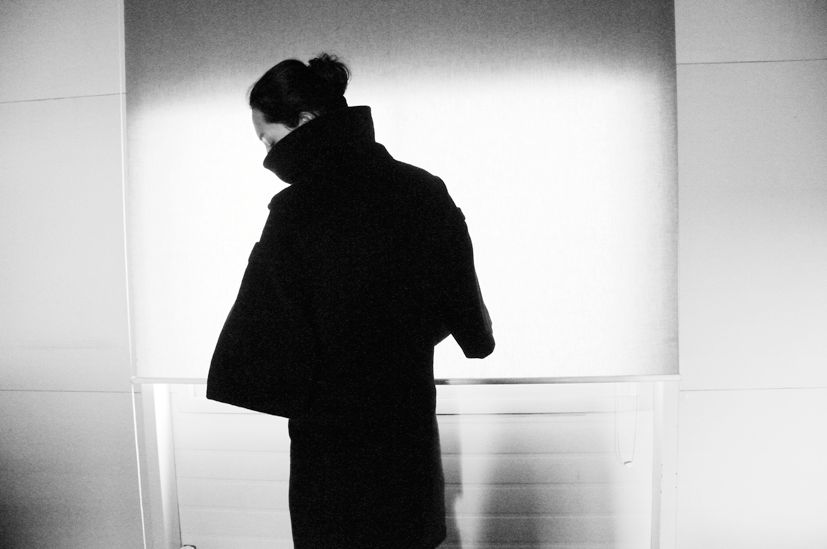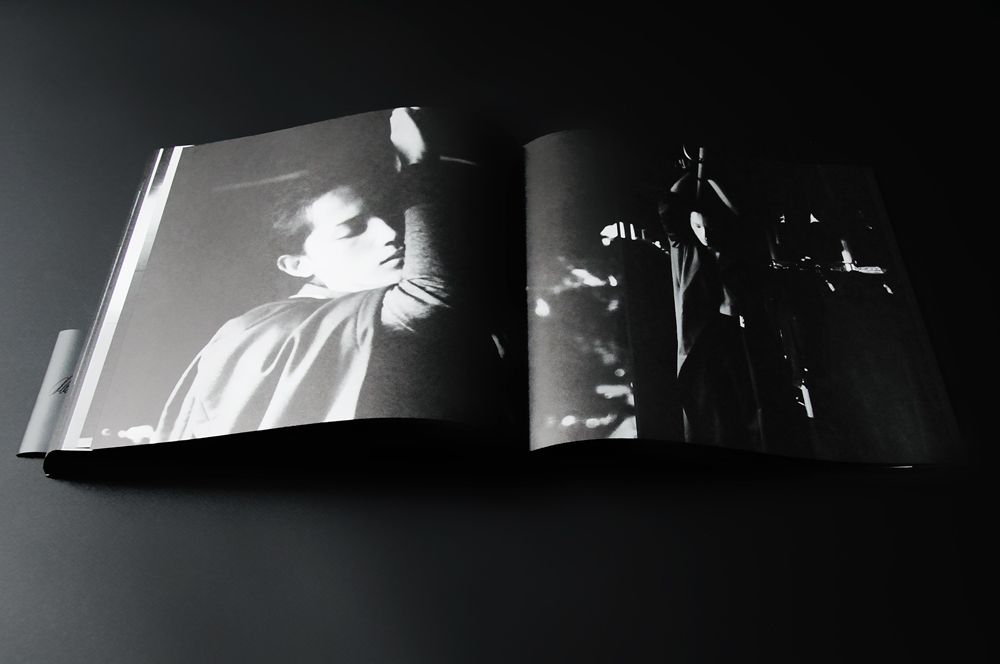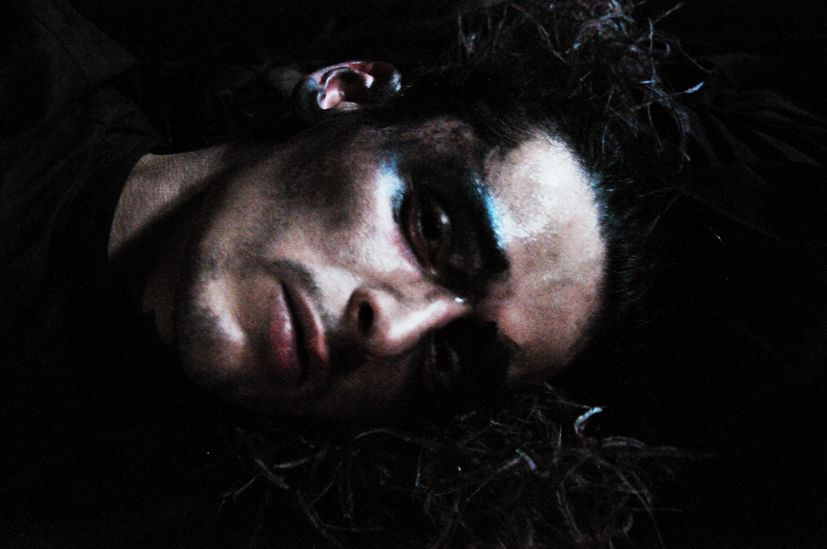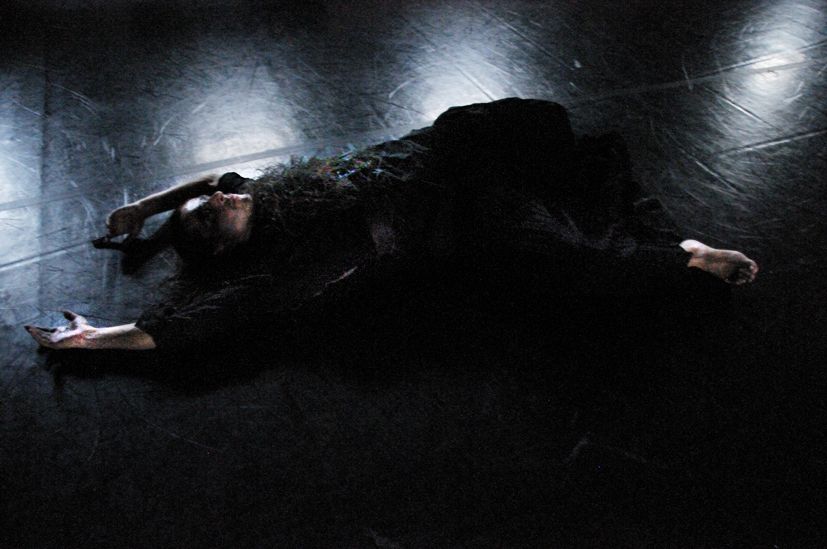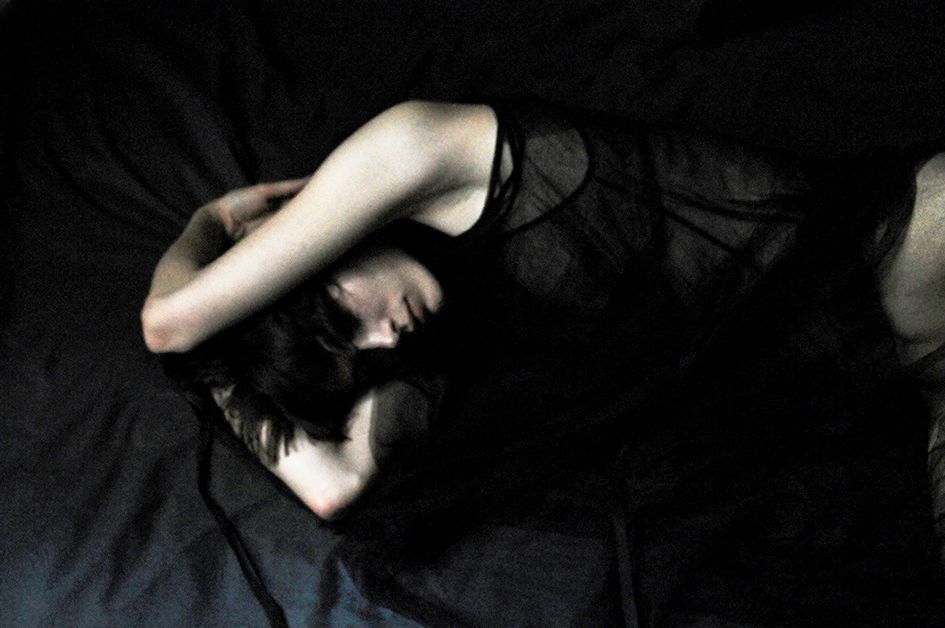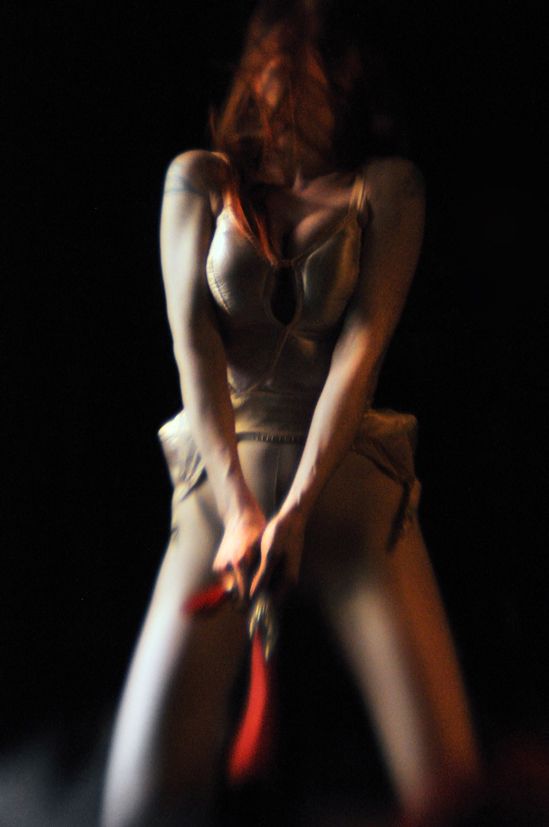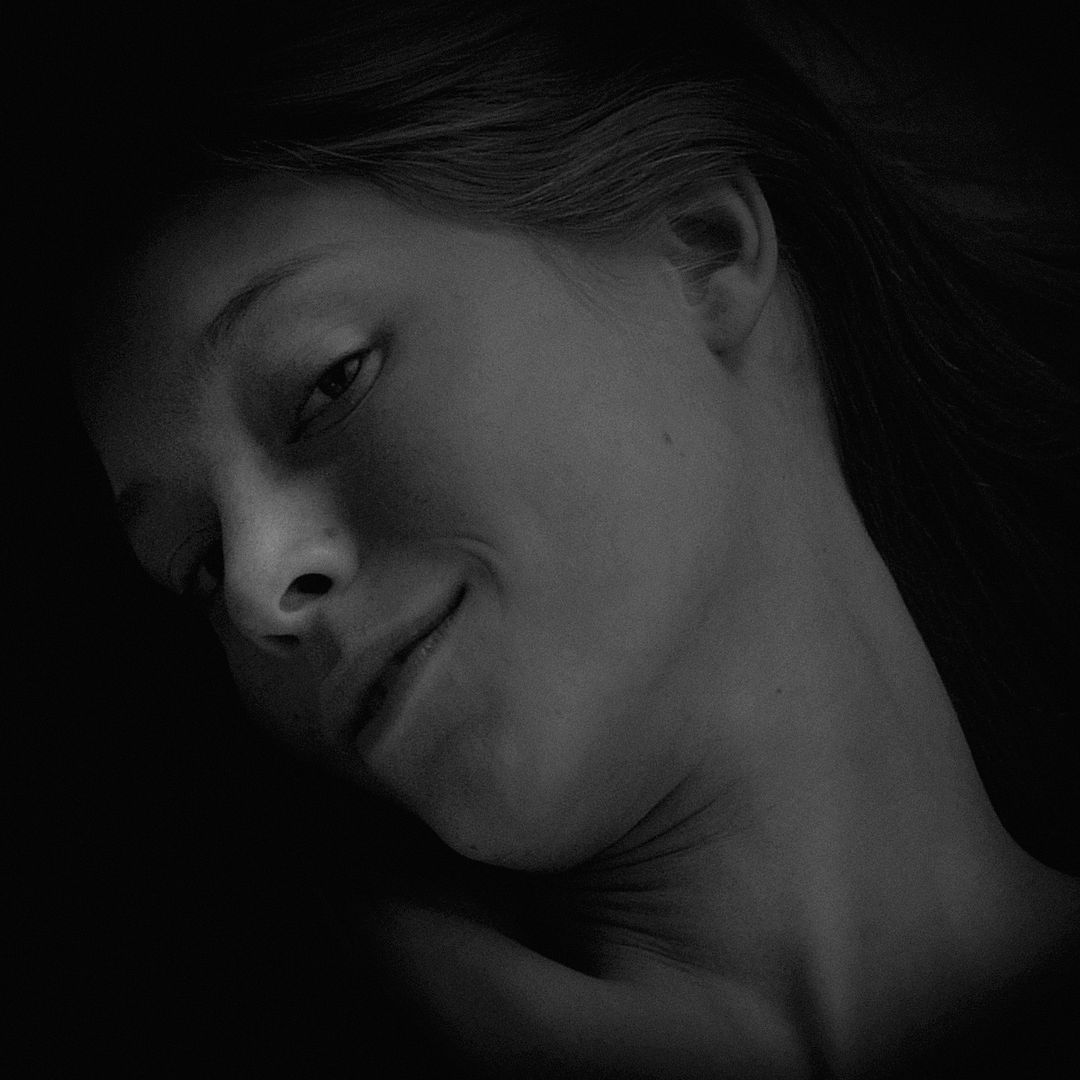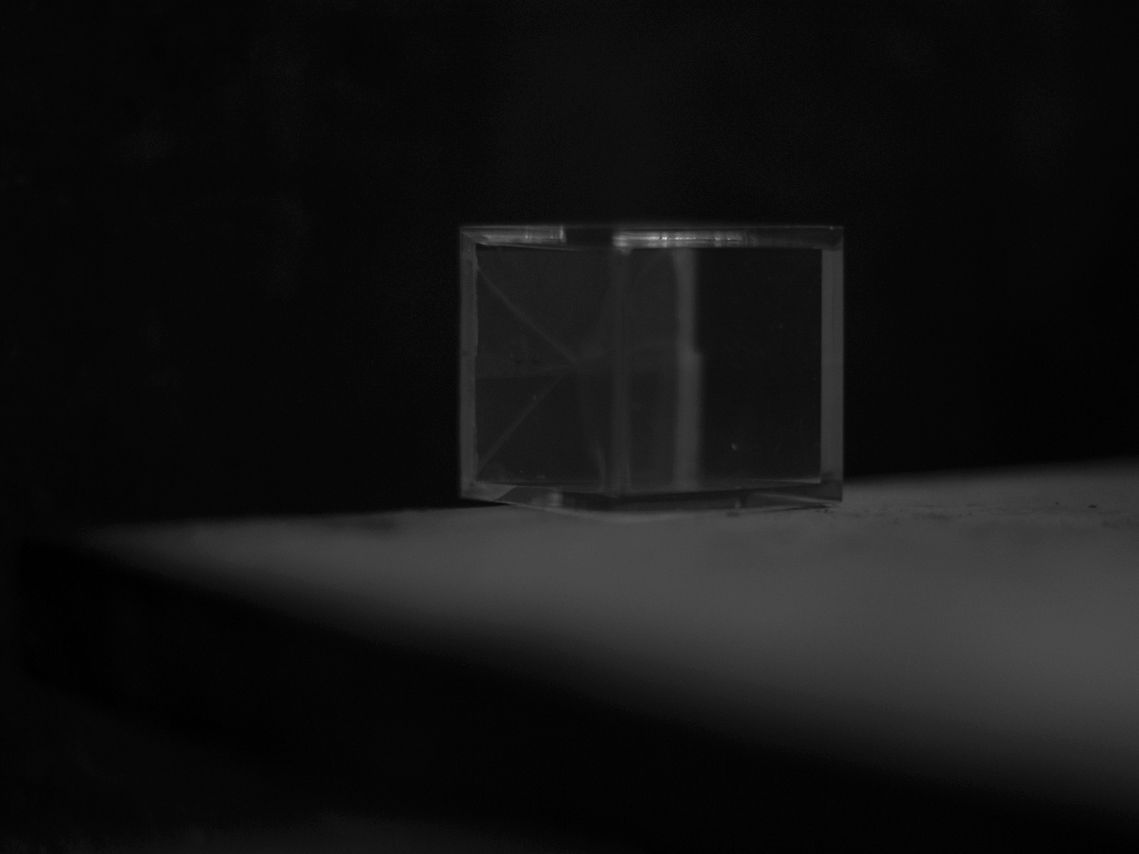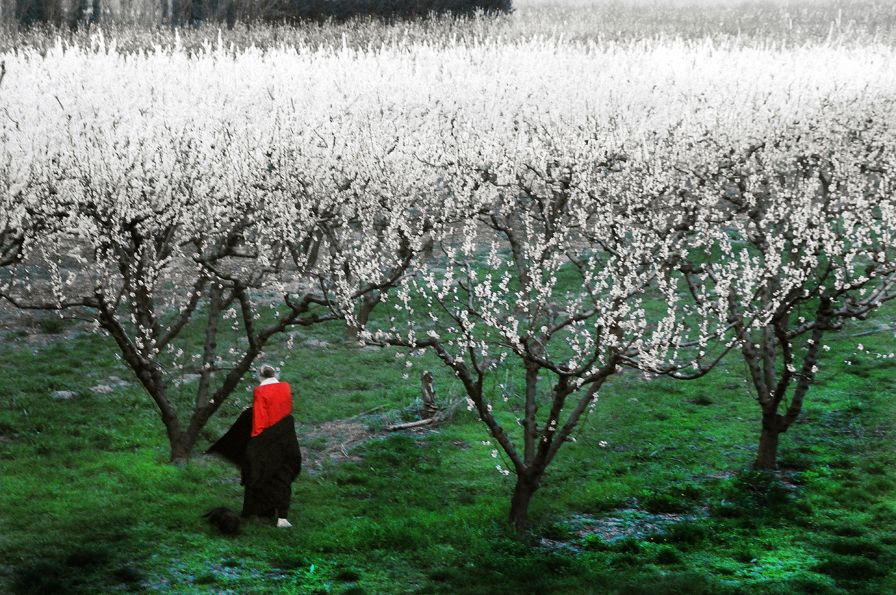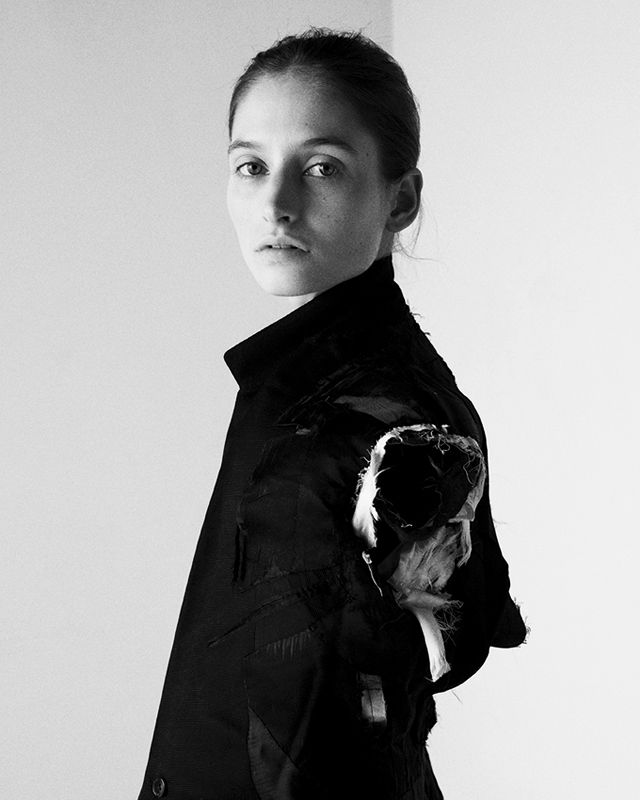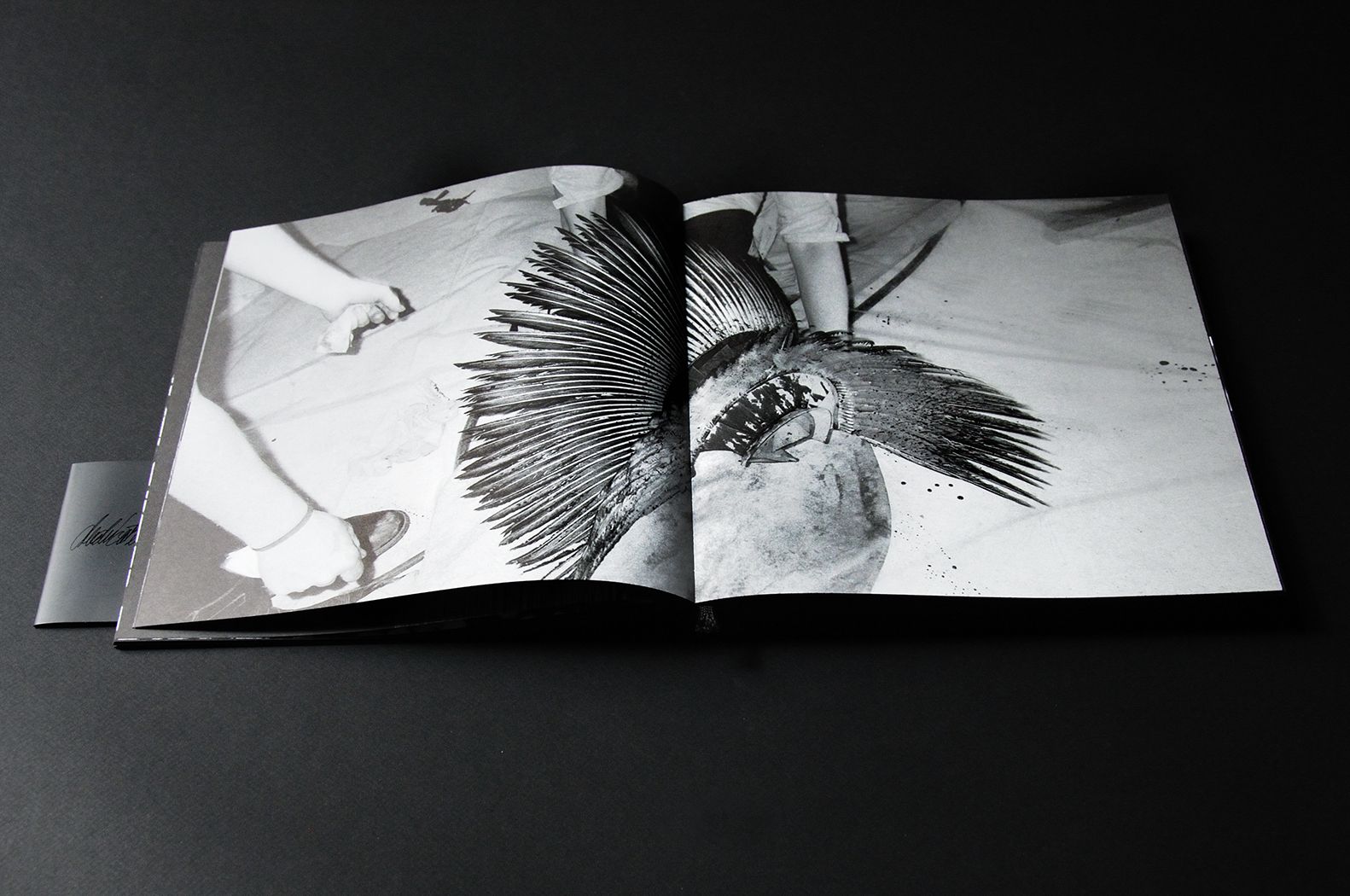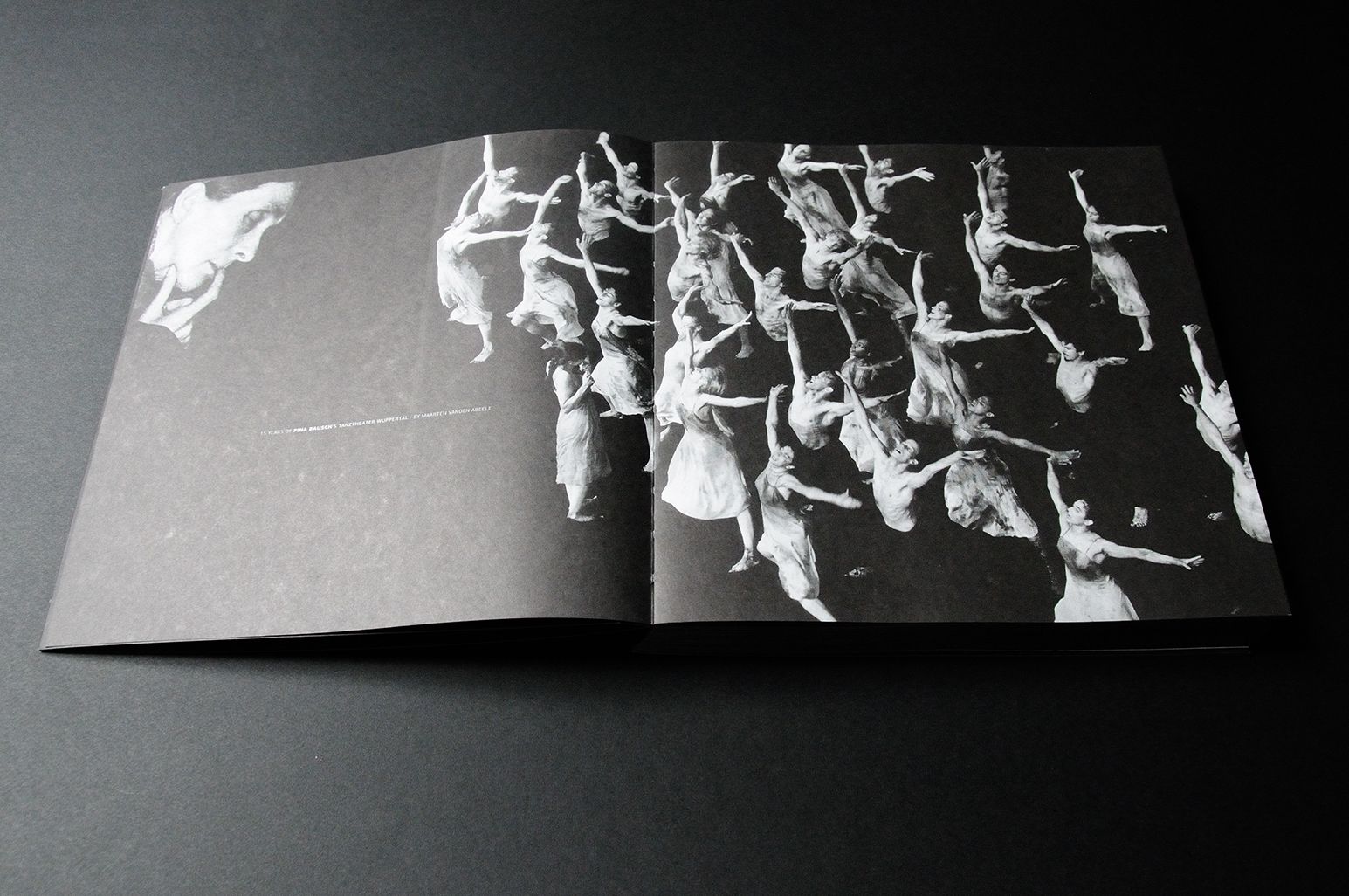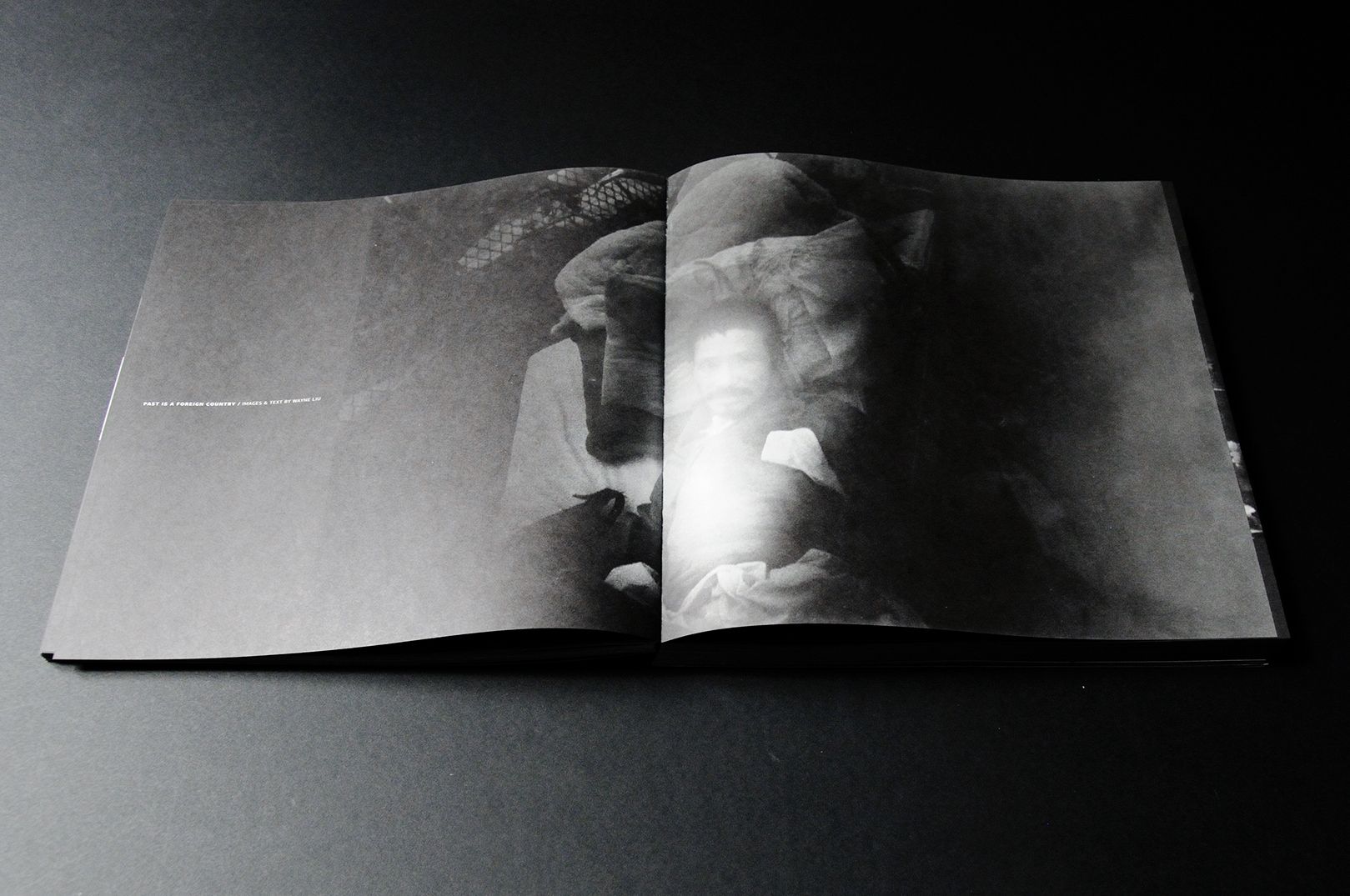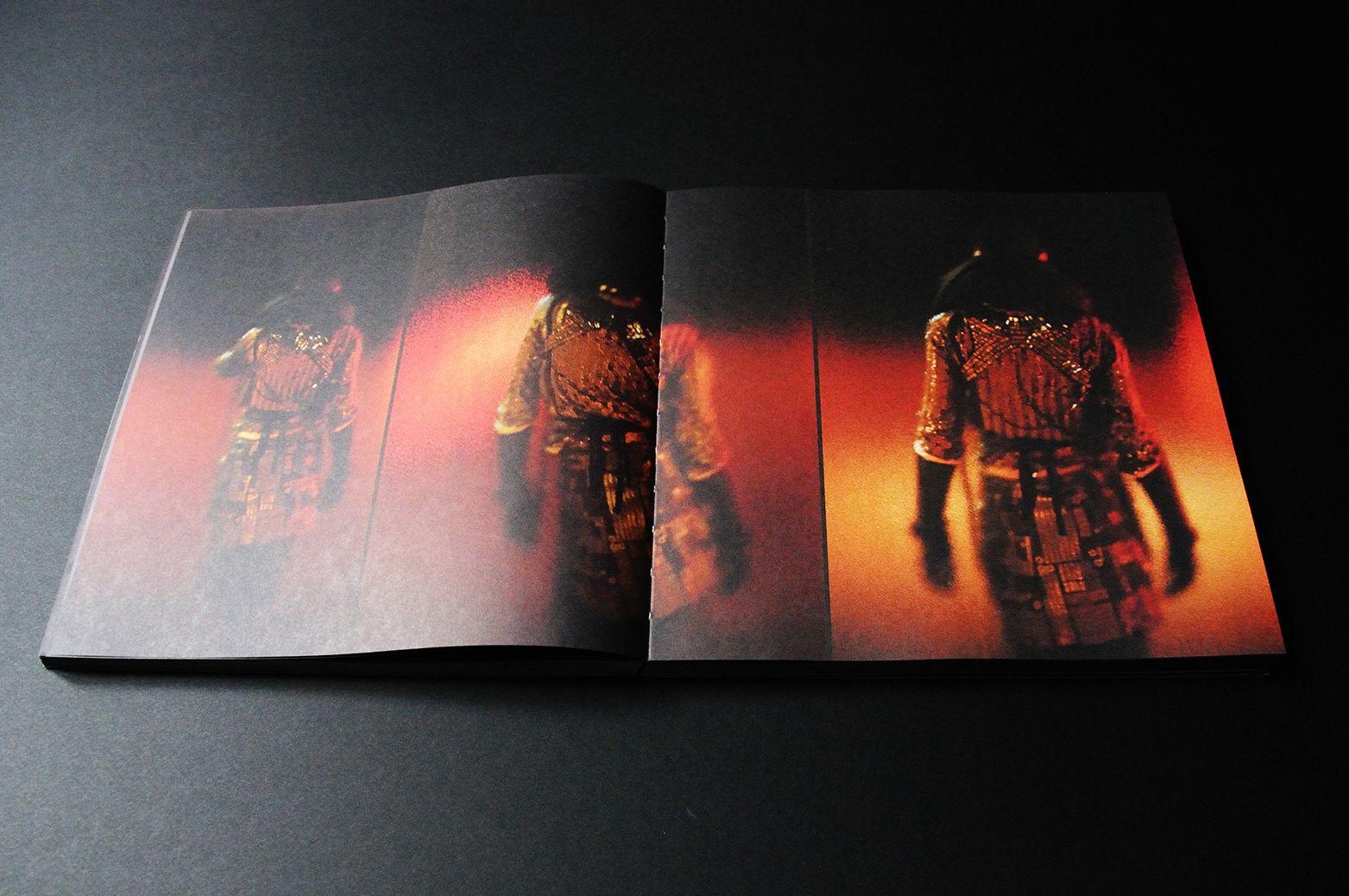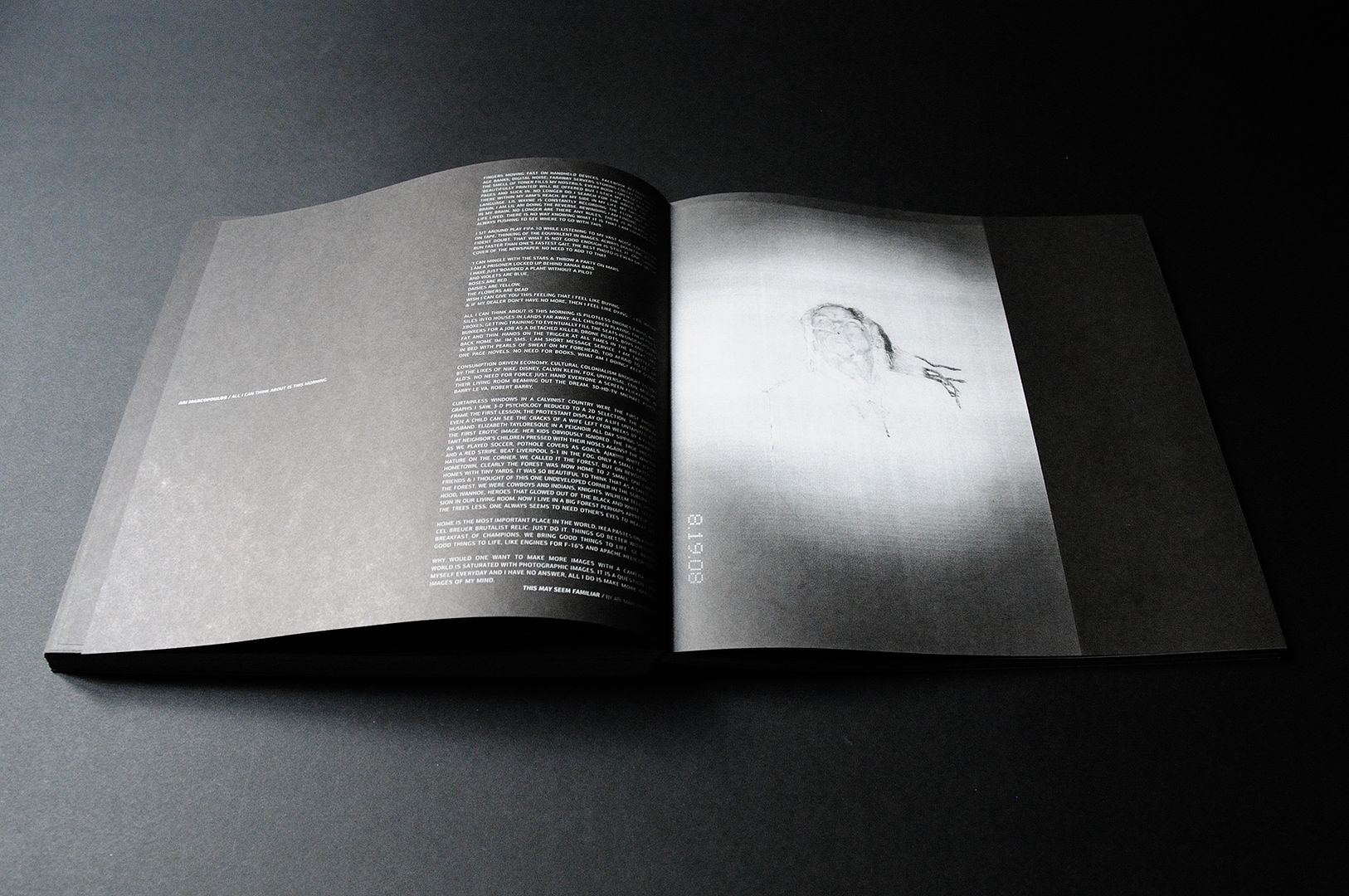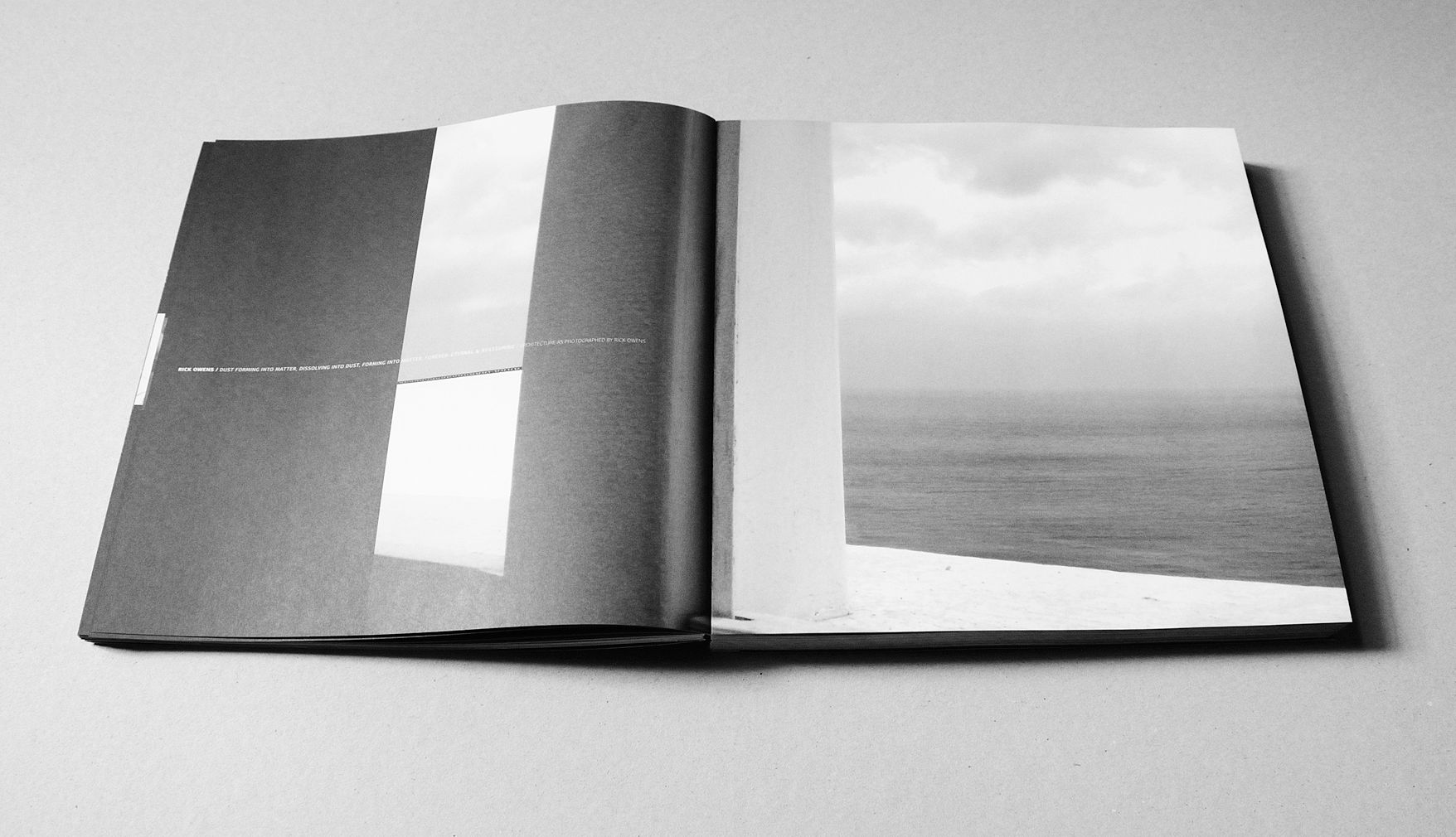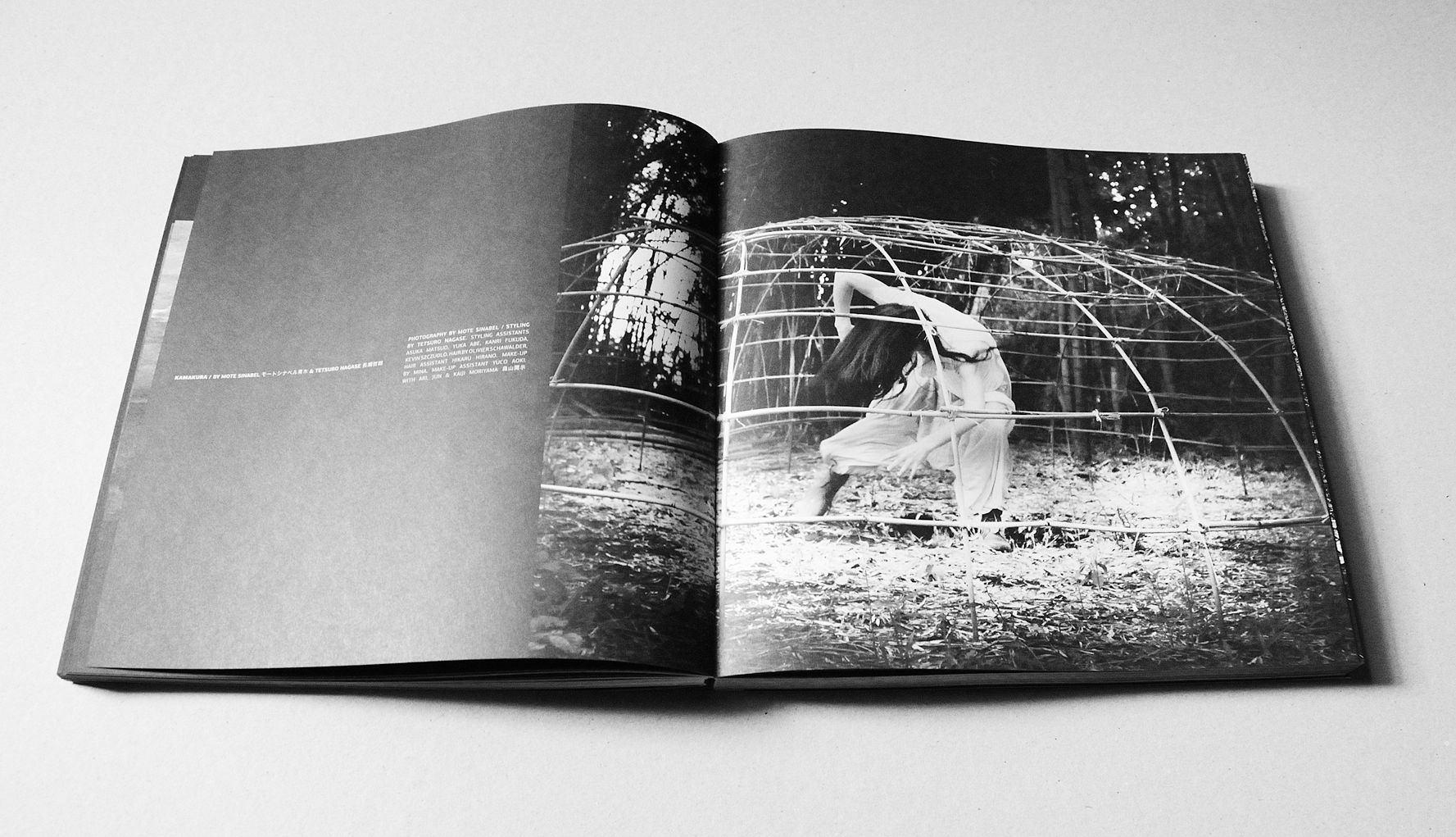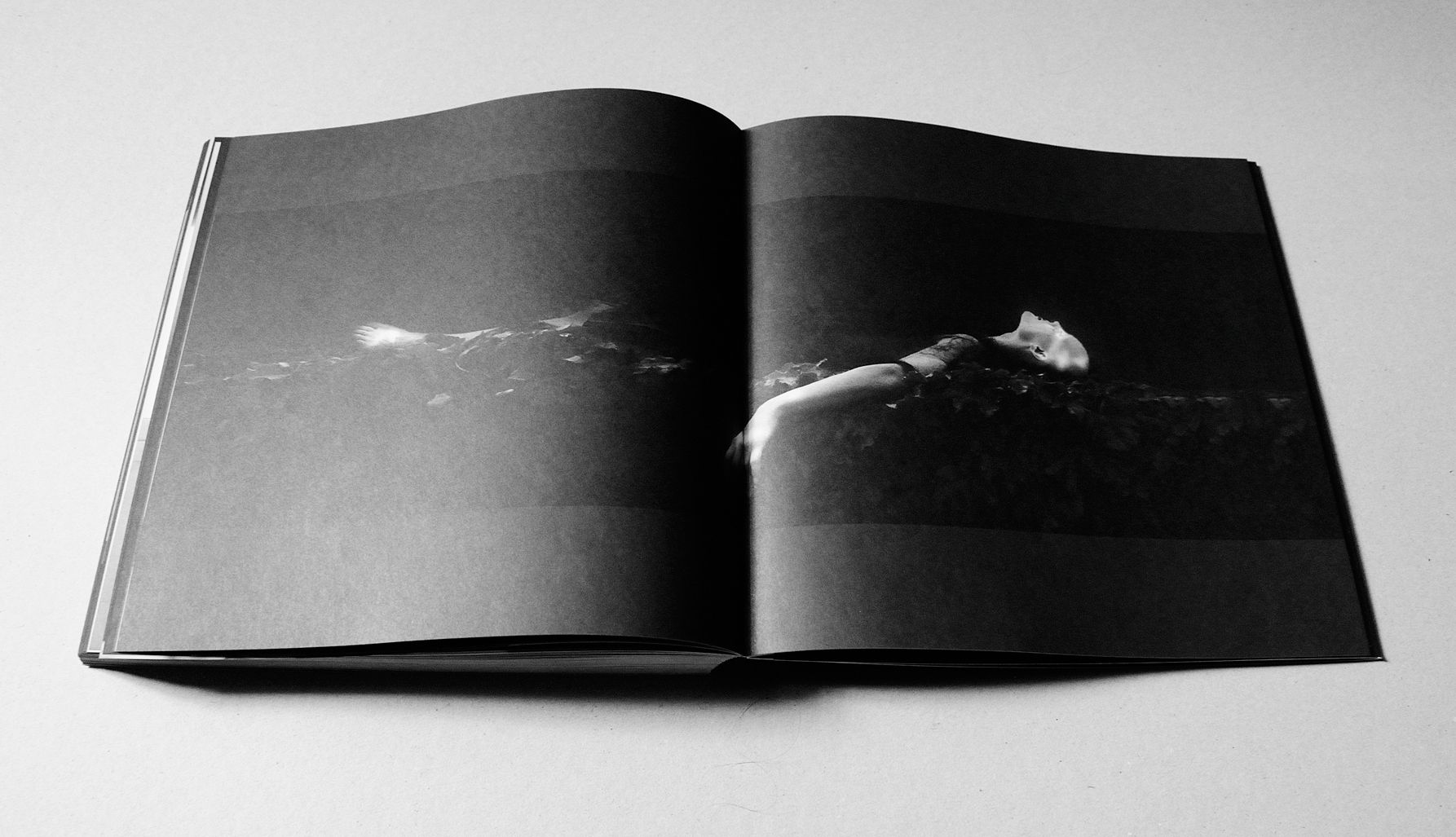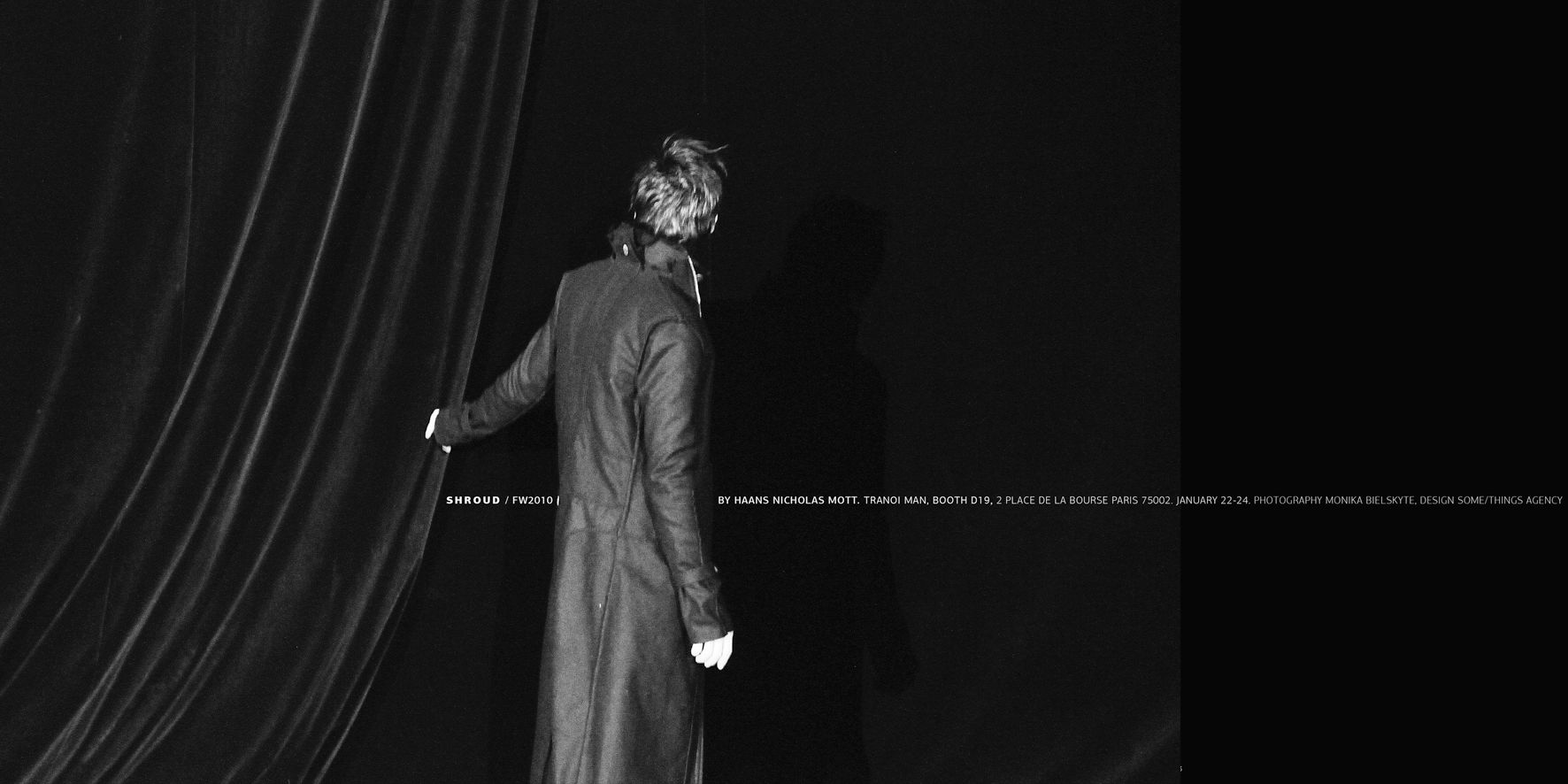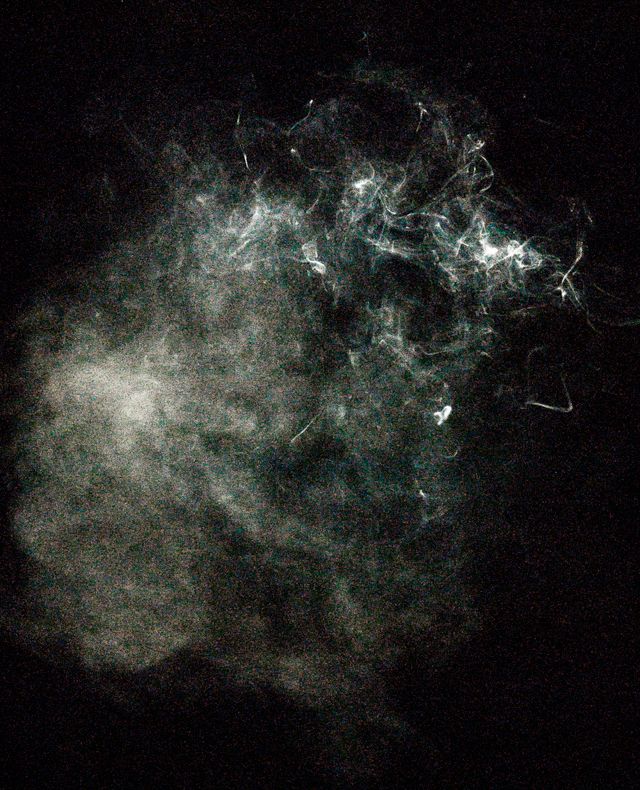
Olivier Theyskens has revealed the most dramatic edge to his dark side yet, in a recent series of fashion images shot by Paris- based photographer Monika Bielskyte, for the third volume of SOME/THINGS. Granted access to La Coupole – the secret stage of the Théâtre de la Ville in Paris – the pair choreographed some theatrical magic of their own, working with an eclectic array of vintage and designer pieces to transform the designer with gritty but spectacular results.
/
Dan Thawley: What inspired you to shoot Olivier?
Monika Bielskyte: Olivier is a very complex person and a beautiful man, but it wouldn’t have occurred to me to propose him to model since that’s really not something he would have normally accepted. However, as we were working on a special feature on Julien Claessens’s work, Julien was showing me his old archive images and I saw this image of Olivier where he really looked like a bird, a very strange, beautiful and slightly alien creature— which is the quality that makes me love almost all of julien’s portraits. So when I saw that image, all of a sudden Olivier seemed like an irreplaceable casting for the editorial we wanted to shoot in Théâtre de la Ville.
DT: What was the significance of the Théâtre de la Ville as a location?
MB: Théâtre de la Ville has long had a program consisting of some of the most groundbreaking and seminal choreographers in the world. La Coupole is a very special place because it’s where most of the creation happens. It’s a rehearsal space where no one but the choreographer and his team are allowed to enter, a quiet rooftop, full of atmosphere and ghosts, with a sublime view of Notre Dame and la Seine, heavy black curtains and worn-out floor— so different from so many spiritless theatres of today.
Personally, Théâtre de la Ville has a very deep meaning for me because it’s really through attending its program, from my first years in Paris, that I was introduced to the magical work of Pina Bausch, Sankai Juku, Hofesh Shechter, Anne Teresa de Keersmaeker, Akram Khan and other choreographers that had an undeniable influence on the way I work with movement when shooting.
DT: From where did you draw your inspiration for styling Olivier?
MB: The theatre, to my knowledge, has never previously accepted the shooting of fashion editorials. So this project, from its very conception, had to be something much more— a portrait, a performance, a moment in time showing a face of Olivier different to the fashion face we know him from. Olivier had accepted to do this shooting on the condition that we do something really different to anything he has done before – he didn’t want anything sweet and ‘nice’, nothing even close, as we joked, to the ‘fantasy boy’. He wanted it to be strong, intense, emotional, a performance project instead of a classic pretty portrait. So we tried to create a bit of a pièce de théâtre and, as conventional styling just wouldn’t have worked, we had to look for something really fresh yet timeless— not a very obvious combination when you think of it.
The main inspiration sprang, of course, from Olivier’s own work— dark, moody, yet very elegant and sophisticated. Olivier brought his personal selection of things— feathers, a gorgeous tiny padded vest which looked like it came straight from the Victorian era, a customised Rick Owens jacket, Carol Christian Poell shoes… and I had dug into the Théâtre de la Ville costume archive to choose some incredibly beautiful and delicate torn dresses from the Sarah Bernhardt era, as well as several personal archive pieces belonging to Michele Lamy, Josephus Thimister and myself… and all that we mixed together with pieces from the Autumn/Winter 2010 collections of Haider Ackermann, Ann Demeulemeester, Nicolas Andreas Taralis, Kris van Assche and, of course, pieces from the Yohji Yamamoto archives. It was all mainly feathers, sheer tops, long pleated skirts— a lot of Japanese influence in the styling, almost feminine pieces, but that create a very masculine ensemble.
DT: What is your favourite piece in the styling?
MB: Definitely the vintage Revillon ostrich vest from Rick Owens’s rack of his personal inspiration pieces. It was all damaged and so old, yet the way it moved and reflected the light was pure magic, the way it was twirling around Olivier’s face, body and hands, it truly looked like it was alive— an art piece, not fashion.
DT: Were any of the pieces particularly rare or hard to acquire?
MB: None of them were really hard to acquire but a couple were really hard to work with! The vintage Josephus Thimister shirt dipped in wax started to crack, peel off and melt (in the images one can see white bits of it looking like snow on the theatre floor!), and it was a terrible hassle to clean Olivier’s skin from it once we were done with the look. Gustavo Lins’s personal 19th century metallic corset was also difficult to deal with since it was so rigid and so fragile at the same time— I was quite afraid we might break it!
DT: How did Olivier react to becoming the subject rather than the creator?
MB: He was definitely very much a creator! I was just interpreting his movements through the images but it was definitely all about him, that’s for sure! Fashion-wise, Olivier’s input to the styling was also undeniable— I may have planned or envisaged many things, some came alive when he put them on and the others didn’t so, once again, it was very much about him— not seasonal trends on him or my own art shooting or anything like that. It was very much his performance, my portrait of him via his performance. You know, Olivier can be really sweet, but he also has a very tough personality and really knows what he wants and what he doesn’t want and so it is impossible to push him in a direction he doesn’t feel like going. I could ask him to move where the light was or look at the camera once in a while, but I had to adapt myself a lot, much more than during any other editorial I had shot. I think, shooting him, I could maybe only compare to shooting Brett Anderson, who is another amazing artist we feature in ISSUE003. They are both very self aware, but they also let a magic moment happen in the image— one only has to know how to go around them, silently, without too many commands, following every movement they make, being attentive to every single detail.
DT: What are your feelings upon finishing the images, were you happy? Were there unexpected results?
MB: Yes, indeed, very happy. I was unsure if Olivier would be happy, but he said he liked them because there was something bird-like about the movements, that it really seemed like it captured instances of a performance rather than still, dead images.
DT: Did you shoot his portrait for the Lift Hand Portrait exhibition at the same time? What did you try to convey with the hand portrait, what symbolism and emotion?
MB: The hand portrait was shot at the same time as part of the editorial/portrait of Olivier. Only later when Masahiro asked me to contribute something for their hand project— which I couldn’t refuse because it is simply one of the most beautiful stores in the world — I couldn’t think of anything better than that image.
SOME/THINGS MAGAZINE ISSUE003 is released on September 15th, 2010.
FOR ALL PRESS RELATED TO SOME/THINGS MAGAZINE VISIT
SOMESLASHTHINGS.COM/INFORMATION/PRESS/




